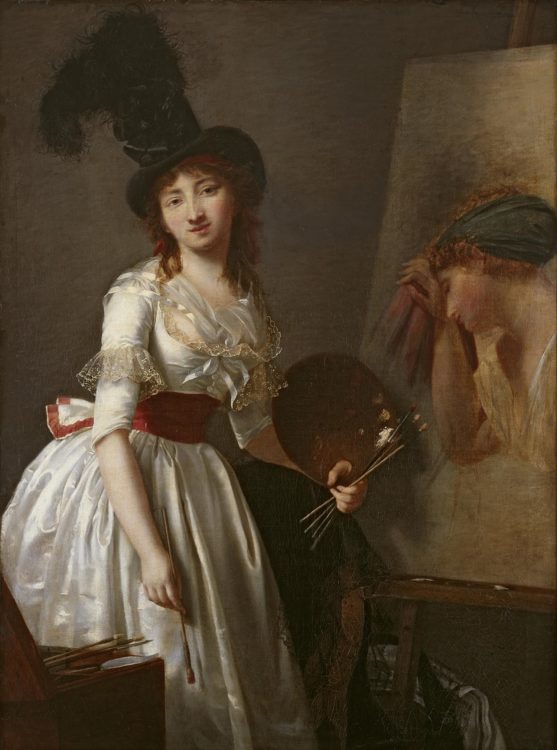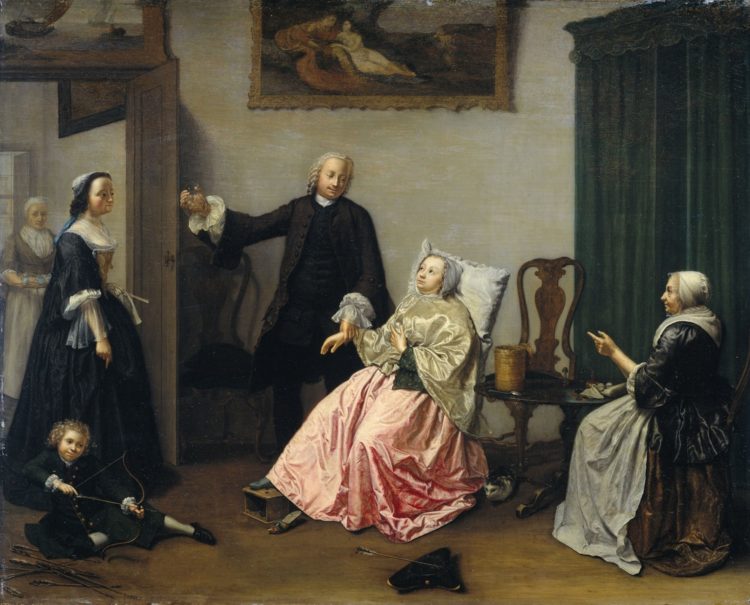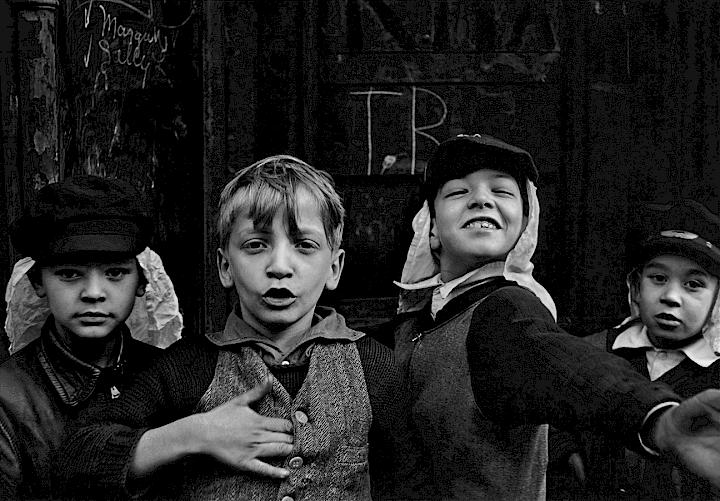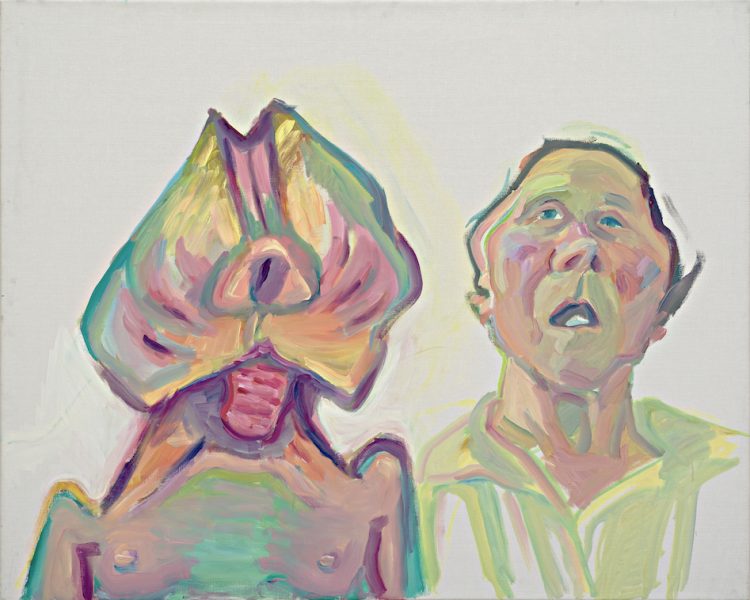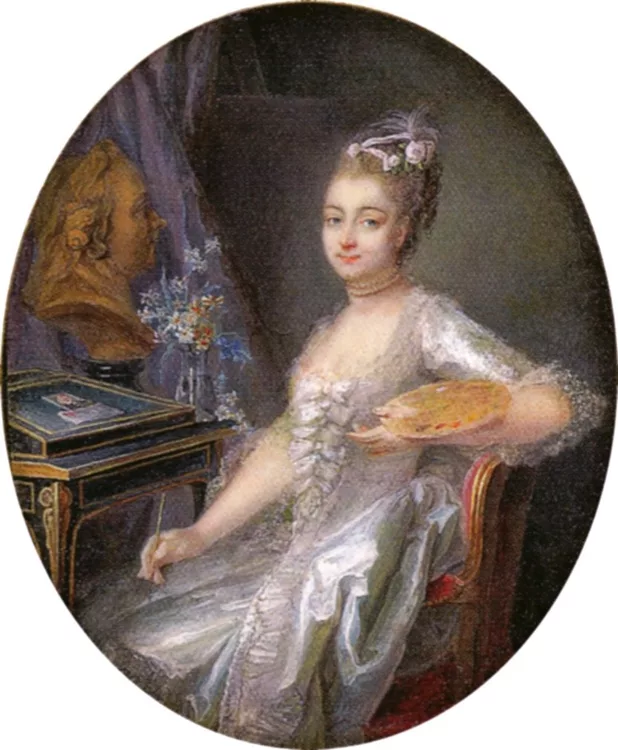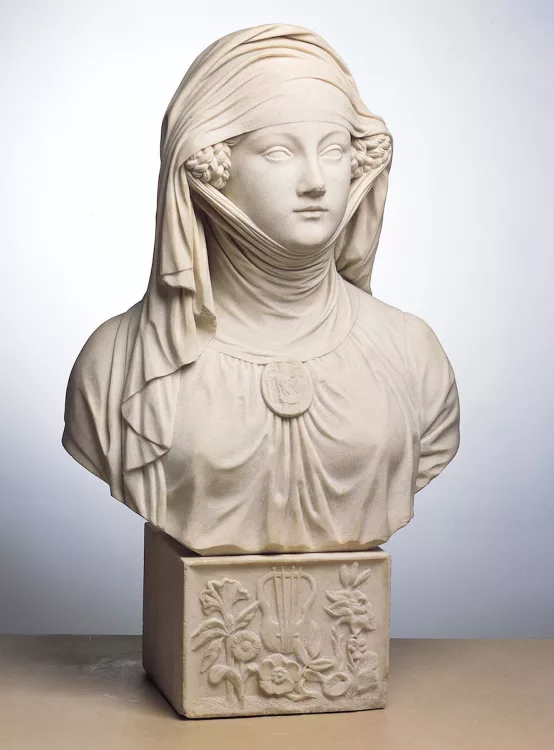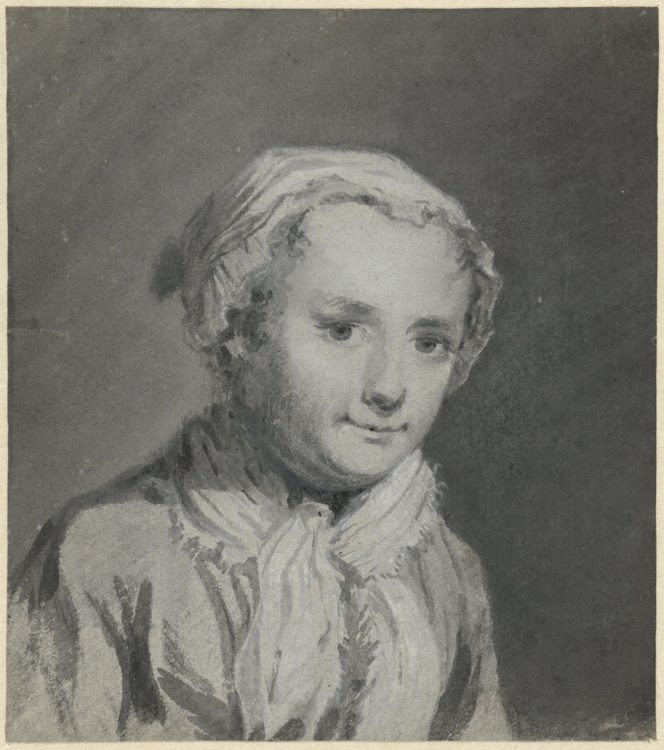Anna Dorothea Therbusch
Jetter, Nuria (ed.), Anna Dorothea Therbusch in Berlin und Brandenburg. Werke, Technik, Kontext [Anna Dorothea Therbusch in Berlin and Brandenburg. Works, Technique, Context], Petersberg, Michael Imhof Verlag, 2024
→
Lindeman, Christina, The Art of Anna Dorothea Therbusch (1721–1782), Amsterdam, AUP, 2024
→Küster-Heise, Katharina, Anna Dorothea Therbusch, geb. Lisiewska 1721–1782 – Eine Malerin der Aufklärung. Leben und Werk [Anna Dorothea Therbusch, née Lisiewska 1721–1782 – A painter of the Enlightenment. Life and work], Dissertation, University of Heidelberg, 2008
Anna Dorothea Therbusch. Eine Berliner Künstlerin der Aufklärungszeit [Anna Dorothea Therbusch. A Berlin artist of the Enlightenment period], Gemäldegalerie der Staalichen Museen zu Berlin, 3 December 2021–10 April 2022
→
Der Freie Blick. Anna Dorothea Therbusch und Ludovike Simanowiz – Zwei Porträtmalerinnen des 18. Jahrhunderts [The Free View. Anna Dorothea Therbusch and Ludovike Simanowiz – Two Portrait Painters of the 18th Century], Städtisches Museum Ludwigsburg, 17 November 2002–19 January 2003
→Anna Dorothea Therbusch 1721–1782. Ausstellung zum 250. Geburtstag im Kulturhaus “Hans Marchwitza” [Anna Dorothea Therbusch 1721–1782. Exhibition on the occasion of her 250th birthday in the “Hans Marchwitza” cultural centre], Kulturhaus “Hans Marchwitza”, Potsdam, 27 June 1971–25 July 1971
German painter.
Anna Dorothea Therbusch was one of the most prominent German painters of the 18th century. Her œuvre of over 250 works consists predominantly of portraits, but also history paintings. Her skill earned her the position of court painter to the Elector Palatine in Mannheim and memberships in the academies of Stuttgart, Bologna, Paris and Vienna.
Born in Berlin, A. D. Therbusch was the seventh of nine children. Her mother was Maria Elisabeth Kahlow (d. 1733) and her father was Georg Lisiewsky (1674–1750) a portrait painter from a family of Polish religious refugees. A. D. Therbusch trained in her father’s workshop, although her older sister Barbara Rosina Lisiewska (later known as Barbara Rosina de Gasc, 1713–1783) likely contributed to her artistic education. Benefiting from her father’s close ties to the Prussian royal family, she had privileged access to royal collections where she studied 17th century Dutch masters and French Rococo painters such as Jean-Antoine Watteau (1684–1721) and Nicolas Lancret (1690–1743).
By the 1740s, A. D. Therbusch had established a successful career, thanks to her rigorous training, her family’s extensive network and early commissions. However, in 1742, she married Ernst Friedrich Therbusch, from a family of innkeepers, altering her professional trajectory. Likely due to an unplanned pregnancy, the marriage halted her professional career. Over the next twenty years, she had five children and could only devote limited time to painting.
She resumed her career as a professional artist in 1761 at the age of 40, by which time her style had developed still further. From 1761 to 1764, A. D. Therbusch worked at the courts of Stuttgart and Mannheim, where she received important commissions. The surviving paintings from this period show her distinctive and mature style. Her work combines precise attention to textures with loose, almost impetuous brushstrokes. She became known for her strong use of red and pink tones, especially in rendering flesh. Her portraits of high-ranking personalities are characterised by the realistic depiction of her subject’s physique and personality.
From 1766 to 1768, A. D. Therbusch spent two years in Paris, becoming one of the few women, and even fewer foreigners, admitted to the prestigious Académie royale de peinture et de sculpture (Royal Academy of Painting and Sculpture). She initially received support from Denis Diderot but later fell out with him. She also met the envoy to the Russian court, Prince Golitsyn, who purchased several of her works.
After returning to Berlin in 1770, she began signing her works “peintre du Roy de France” (painter to the king of France), though she held no official position at the French court. Her work included mythological historical paintings commissioned by King Frederick II of Prussia (Stiftung Preußische Schlösser und Gärten Berlin – Brandenburg) and several portraits of the Prussian royal family, a major commission by Catherine the Great, now held in the State Hermitage Museum in St. Petersburg. She also created works in collaboration with her brother, Christoph Friedrich Reinhold Lisiewsky (1725–1794), which bear only A. D. Therbusch’s signature. Thanks to her distinctive artistic style and her international career, she became the best-known and most successful member of the Lisiewsky artist family.
Her iconic Selbstbildnis [self-portrait], depicting her as a scholarly artist with a mounted eyeglass (Gemäldegalerie Berlin), is one of the most important self-portraits of the early modern period. Created in 1782, the painting was left unfinished and is believed to be her final work she passed away at the age of 61.<
A biography produced as part of the programme “Reilluminating the Age of Enlightenment: Women Artists of 18th Century”
© Archives of Women Artists, Research and Exhibitions, 2024



















